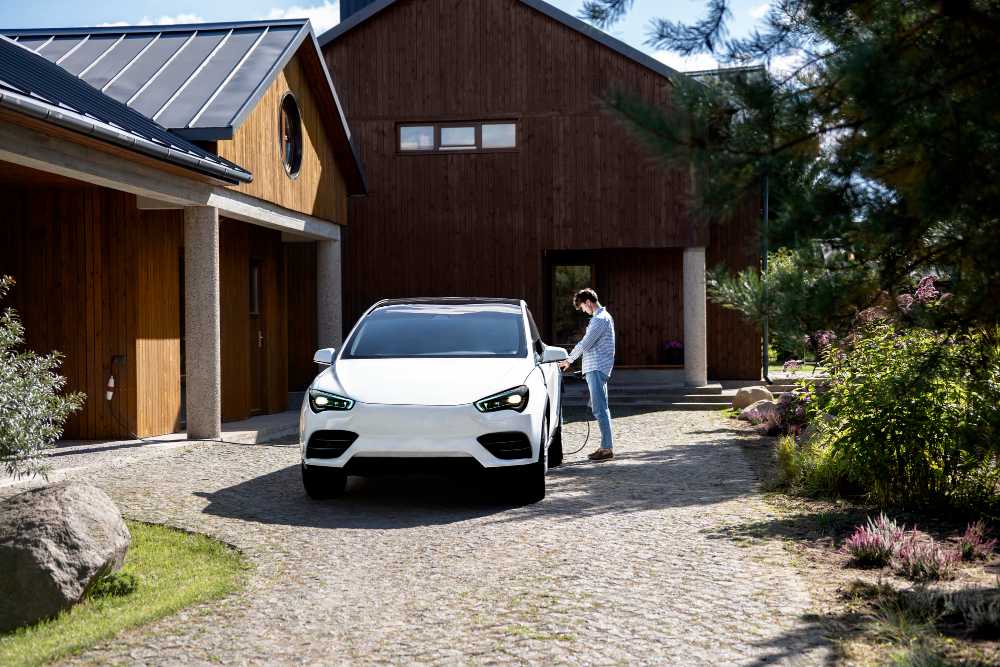A parking shed may sound simple at first glance, yet the best structures strike a balance between strength, drainage, security and future growth. Skipping one key step can lead to sagging roofs, potholes or local code fines. Before ordering steel posts or scheduling concrete trucks, walk through these must-check points and your project will roll forward without surprises.
1. Verify Local Zoning and Permits
Every city sets rules on setbacks, height limits and storm-water control. Visit your building department early to determine the exact footprint allowed. Many towns also ask for stamped drawings from a licensed engineer if the shed exceeds a certain square footage. Starting paperwork first keeps crews from sitting idle later.
2. Test Soil Bearing Capacity
Cars look light compared to office buildings yet a row of trucks can weigh more than you think. A simple penetrometer test or small bore sample shows whether the subgrade can handle the load. Weak or clay-rich soil may require a thicker slab or an additional gravel base to prevent cracks and sinking tires.
3. Plan Effective Drainage
Standing water shortens pavement life and invites ice patches in winter. Design a gentle two-percent slope that guides runoff toward trench drains or rain gardens. Install downspouts from the shed roof that tie into the same system. Good drainage protects both vehicles and foundations.
4. Choose Durable Materials
Galvanized steel columns resist rust, while polycarbonate panels allow daylight to enter without overheating the space; for the slab, use air-entrained concrete rated at four thousand psi with fiber mesh instead of rebar in small jobs. Add expansion joints every 12 feet to prevent seasonal shifts from creating random cracks.
5. Allow Clear Vehicle Flow
Measure the length of the longest vehicle you expect, then add the turning clearance on each side. Standard stalls are nine feet wide by eighteen feet deep yet larger SUVs require extra room near columns. Mark entry arrows with high-contrast paint and install LED motion lights for night safety.
6. Include Future Upgrades
The number of electric vehicles grows each year. Embed the conduit under the slab now so you can slide in charging cables later without cutting the concrete. If security cameras or solar panels are to be added later, set a junction box on the main beam so wiring can be done as a quick add-on rather than a full retrofit.
A well-built parking shed starts with solid permits, reliable soil data, smart drainage and materials that stand up to weather and wheels. Add clear traffic flow and room for future tech and you get a structure that serves drivers for decades. Ready to turn a sketch into a safe, long-lasting shelter? Contact our team today. We will review your site, run the load numbers and deliver a parking shed built on certainty, not guesswork.

